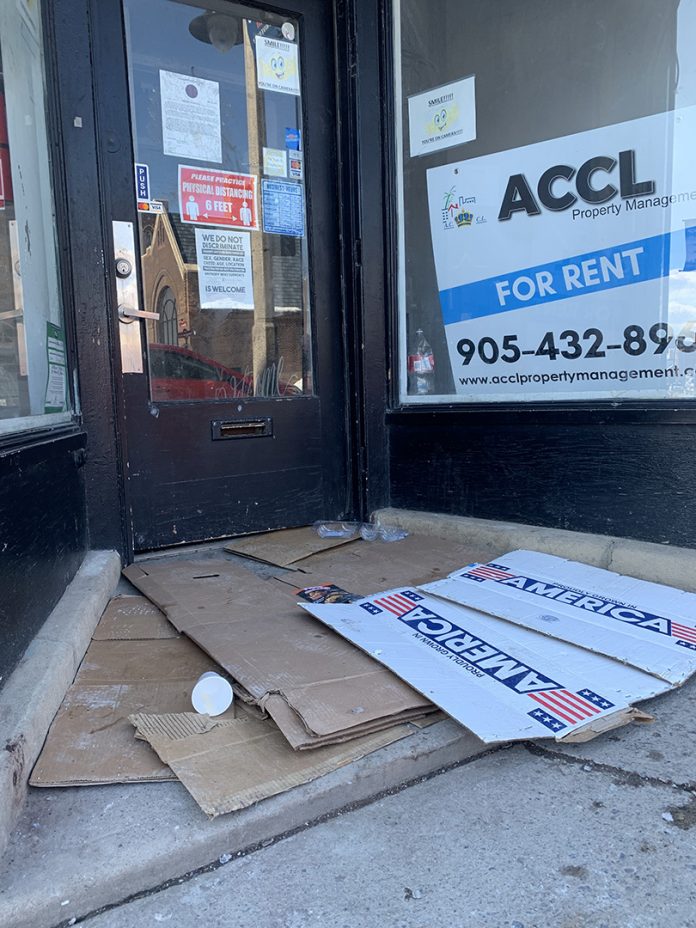Environment Canada has issued an extreme cold warning starting Friday and moving into the weekend, which could see temperatures plummet to -30 C with the wind chill.
These dangerously frigid temperatures are especially risky for people sleeping out in the cold.
According to Durham Region, there are at least 273 homeless residents with 180 facing chronic homelessness, meaning they have spent six months or longer on the streets. This is higher than in previous years and is a trend across the province.
Erin Valant, an area manager for the region’s social services department, says in past years when a weather alert of -15 C or a wind chill of -20 C degrees or colder would happen, shelter programs would expand, and overnight warming centres would open.
This year is different.
“We changed that this year recognizing that there is a need regardless of temperature. So those winter programs are open 7 days a week now,” she said. “If there is a cold weather alert the shelter still will expand however they can during those periods as well. “
Derek Giberson, an Oshawa city councillor, spent six years on the board at the Back Door Mission. It is a “low-barrier” access hub for essential supports, social services and primary health care.
He says that mental health and addiction challenges play a role in why the traditional shelter format is not enough to help everybody in need.
“There is no one-size-fits-all approach because humans are so different and unique,” he says. “So, if the shelter system is not at full capacity and there are people who are not accessing it, we need to ask what are the reasons for that.”
Giberson says Durham Region has made strides towards addressing not only the growing need, but the changing need in our community – but there is more to do.
“We need to do more. It’s as simple as that and I say that to all participants. I say it to the City of Oshawa. I say it to the Region of Durham. I say it to the provincial and federal governments. I say it to all the independent service providers that are out there,” he says.
He says there’s a need for more low-barrier shelters. Places safe for those struggling with mental health, as well as spots where addicts can get a safe bed without going into dangerous withdrawal.
Both Giberson and Valant agree the best way for the community to help is to become educated about the challenges and root causes people who are homeless currently face, and to advocate for them.
“I think the biggest support would be to get that education and to learn about homelessness and the root causes of homelessness and talk to people about it,” Valant says. “To really try to help change the narrative on what the perception of homelessness is in communities.”




